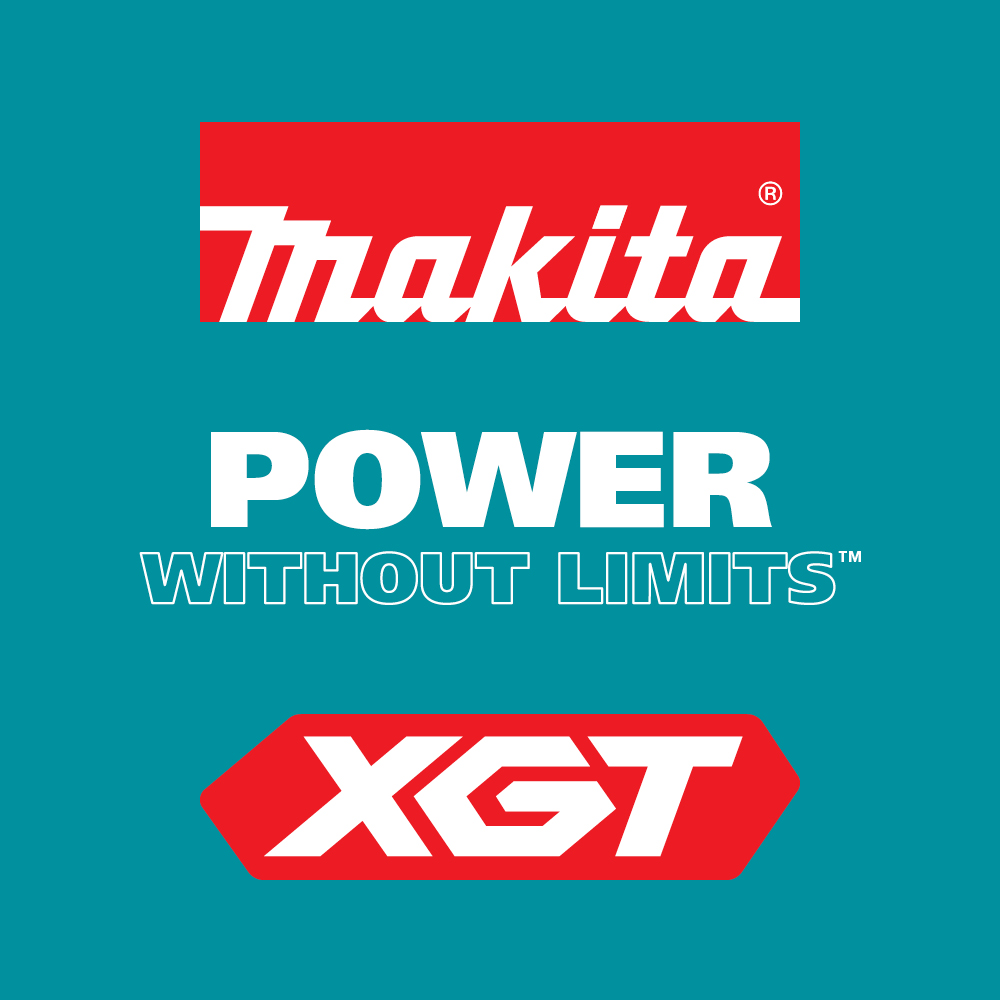
Maintenance, repair, and operations (MRO) are an essential aspect of any organisation that uses equipment, machinery, or facilities.
The term MRO describes the set of activities associated with the upkeep of a facility, including the maintenance of the building, the systems that operate within the building, and the equipment used for organisation’s business operations.
An MRO audit helps organisations assess the effectiveness of their MRO activities. It examines the management of equipment, tools, supplies, and vendors—and scrutinises an organisation’s cleaning, maintenance, and compliance procedures—to ensure the continuous operation of facilities.
Identify trouble spots
Cleaning is an essential part of maintenance, as a clean and hygienic environment leads to smoother facility operations. Organisations without effective cleaning procedures in place can experience health and safety risks, as well as equipment damage.
MRO audits are useful in detecting facility areas where staff can improve cleaning procedures. An MRO audit can provide information helpful in creating cleaning checklists, identifying areas in need of increased cleaning frequencies, and recognising procedures that can be improved, such as through the use of more effective cleaning products.
In addition to monitoring cleaning processes, an MRO audit can help improve and streamline maintenance activities within a facility. Organisations without effective maintenance procedures in place often experience equipment failures.
A facility’s maintenance and repair activities can preserve the lifespan of its equipment by keeping it operating efficiently without unscheduled downtimes.
A well-conducted MRO audit can pinpoint equipment that is prone to frequent breakdowns, prompting facility managers to regularly service these areas, keep detailed maintenance records, and switch to more effective maintenance products.
Organise your vendors and inventory
Organisations cannot effectively clean and maintain their facilities without the appropriate products. Inventory management involves the management of spare parts, tools, and other supplies needed to ensure the continuous operation of equipment and facilities.
An MRO audit can help organisations optimize their inventory management, so they don’t run out of products necessary for the upkeep of their facility. By identifying products which have been overstocked or understocked, an audit prevents inaccurate inventory records. It ensures organisations have enough products in stock without incurring unnecessary costs.
Along with the necessary inventory, vendors are another important commodity. Effective vendor management ensures that an organization has access to the right spare parts and equipment, at the right time and at the right price.
An MRO audit can identify actions to enhance vendor management, such as steps to negotiate better pricing, shorten lead times, and improve the quality of parts and equipment.
Ensure legal compliance
Many organisations operate in industries that are subject to strict regulations. Compliance with these regulations is essential to avoid fines, penalties, and legal action.
An MRO audit can identify areas where an organisation may be noncompliant, for instance, by using nonapproved parts or by failing to keep adequate record-keeping.
Addressing these areas of noncompliance can help an organisation avoid legal issues and maintain a good reputation within its industry.
Don’t skip steps
Whether you use auditing software or an “old school” technique, MRO audits are a necessary first step in your organisation’s maintenance operations.
Don’t be tempted to save time by skipping this step. You will run the risk of losing time due to equipment breakdowns, inventory shortages, and noncompliance penalties.
Tim Poskin is the former director of ISSA Consulting and is one of the world’s leading authorities on custodial workloading. This article was first published in the September/October issue of INCLEAN magazine. Read the original article here.
Comment below to have your say on this story.
If you have a news story or tip-off, get in touch at info@incleanmag.com.au
Sign up to INCLEAN’s newsletter.





